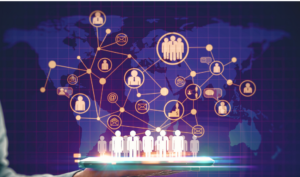
What’s Your Roadmap for HR Digital Transformation?
The days of HR focusing solely on personnel management and administrative duties are long gone. Now, as organizations step fully into the digital era, the

The days of HR focusing solely on personnel management and administrative duties are long gone. Now, as organizations step fully into the digital era, the

As artificial intelligence becomes more deeply embedded in everyday workflows, it is rapidly transforming the way businesses operate. For example, the recent rise of generative

Over the years, worktech solutions of all types have repeatedly promised to transform the workplace. Still, employers aren’t so sure. In fact, it can feel

In recent years, we’ve seen an explosion in new and improved digital tools for HR and work activities. But with the landscape changing so rapidly,

As technology continues to evolve, so does the way we connect and work with others. One of the newest advances in technology is the metaverse,